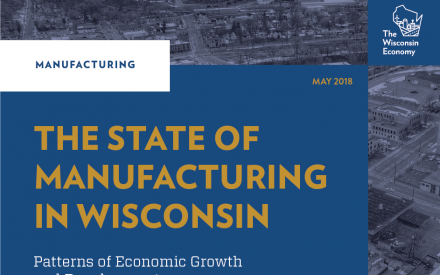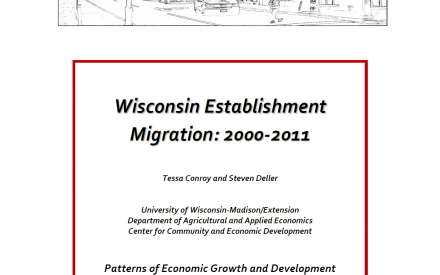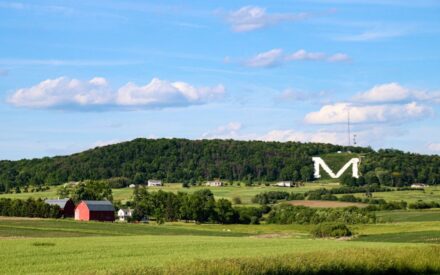EXECUTIVE SUMMARY
August 2018 — The analysis presented in this report uses two types of comparisons to evaluate job creation and job loss in Wisconsin. First, we consider trends over time by comparing the most recent years available, 2012 or 2013 depending on the data source, with 2000 and 2009. The year 2000 is useful as an early benchmark during a period of relative economic expansion that occurred slightly before the dot.com bubble and well before the financial crises and recession. “The Great Recession” reached its depth in 2009. Comparing 2009 and 2013 provides some insight into the economic recovery in Wisconsin. As the second type of comparison, we benchmark Wisconsin against the U.S. average and its neighboring states.
Key Findings:
- Just 29% of non-farm businesses in Wisconsin have payroll employees. The remaining 71% are nonemployers, sole proprietorships, or partnerships with no payroll employees.
- Since 2000, the number of nonemployer businesses has increased 25%. At the same, the number of payroll employer businesses has decreased slightly.
- New business start-ups create the largest share of jobs compared with businesses of any other age group. In Wisconsin, over 25% of gross job creation comes from new business start-ups.
- Nationally, and in Wisconsin, the shares of job creation from small and new businesses have slowly decreased over the last two decades.
- In Wisconsin, 62.3% of new start-ups survive to three years of operation and 51.6% survive to five years, which is slightly better than the U.S. average.
- These findings suggest that economic policies should give attention to new business start-ups and young firms in their first five years of operation.
Fact Sheets
- Is Self-Employment Becoming More Important to the Wisconsin Economy?
- The Smallest of Businesses in Wisconsin and the Nation
- Wisconsin Job Creation: Small or Big Businesses?
- Wisconsin Job Creation: Small or New Businesses?
- Wisconsin Small Business Survival Rates
- Rethinking How We View Economic Growth and Development in Wisconsin
Explore the Wisconsin Economy
Download Article













 How Ready are Owners for Business Succession and Transition?
How Ready are Owners for Business Succession and Transition? 2024 Wisconsin Connecting Entrepreneurial Communities Conference
2024 Wisconsin Connecting Entrepreneurial Communities Conference Business Owners of Color in Wisconsin: Trends & Outcomes
Business Owners of Color in Wisconsin: Trends & Outcomes


